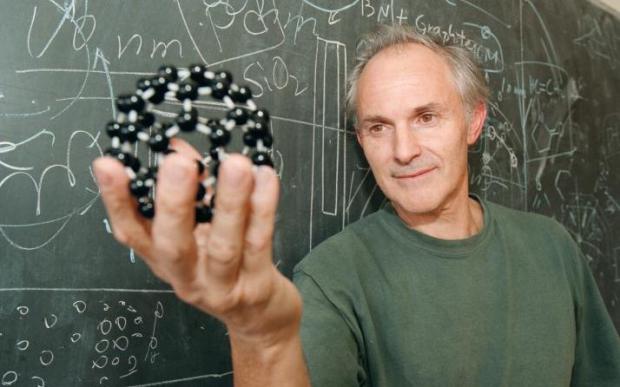
Breaking News
 FDA Chief Says No Solid Evidence Supporting Hepatitis B Vaccine At Birth
FDA Chief Says No Solid Evidence Supporting Hepatitis B Vaccine At Birth
Evergreen, Colorado: Another Killing Zone in America
 Trump Cryptically Writes "Here We Go!" In Reaction To Russia-Poland Drone Incident, Oil Sp
Trump Cryptically Writes "Here We Go!" In Reaction To Russia-Poland Drone Incident, Oil Sp
 Qatar Says It Reserves Right To Retaliate Against 'Barbaric' Netanyahu
Qatar Says It Reserves Right To Retaliate Against 'Barbaric' Netanyahu
Top Tech News
 Methylene chloride (CH2Cl?) and acetone (C?H?O) create a powerful paint remover...
Methylene chloride (CH2Cl?) and acetone (C?H?O) create a powerful paint remover...
 Engineer Builds His Own X-Ray After Hospital Charges Him $69K
Engineer Builds His Own X-Ray After Hospital Charges Him $69K
 Researchers create 2D nanomaterials with up to nine metals for extreme conditions
Researchers create 2D nanomaterials with up to nine metals for extreme conditions
 The Evolution of Electric Motors: From Bulky to Lightweight, Efficient Powerhouses
The Evolution of Electric Motors: From Bulky to Lightweight, Efficient Powerhouses
 3D-Printing 'Glue Gun' Can Repair Bone Fractures During Surgery Filling-in the Gaps Around..
3D-Printing 'Glue Gun' Can Repair Bone Fractures During Surgery Filling-in the Gaps Around..
 Kevlar-like EV battery material dissolves after use to recycle itself
Kevlar-like EV battery material dissolves after use to recycle itself
 Laser connects plane and satellite in breakthrough air-to-space link
Laser connects plane and satellite in breakthrough air-to-space link
 Lucid Motors' World-Leading Electric Powertrain Breakdown with Emad Dlala and Eric Bach
Lucid Motors' World-Leading Electric Powertrain Breakdown with Emad Dlala and Eric Bach
 Murder, UFOs & Antigravity Tech -- What's Really Happening at Huntsville, Alabama's Space Po
Murder, UFOs & Antigravity Tech -- What's Really Happening at Huntsville, Alabama's Space Po
Buckyball: The Magic Molecule

This past weekend, British chemist Sir Harry Kroto passed away at the age of 79. He is the co-discoverer of buckyballs, a form of carbon that is made up of 60 atoms and shaped like "a hollow soccer ball." The discovery won Kroto and his team the Noble Prize in chemistry. This cover story, written by Edward Edelson and originally published in the August 1991 issue of Popular Science, explores how buckyballs were accidentally discovered and the future of possibilities to those scientists in 1991.
A revolution in chemistry is taking place in a small room in a converted mining building in Tucson, Ariz., where a woman wearing a soiled smock and a face mask is painstakingly scraping soot off a metal container.
Although it's not too exciting to look at, this is the world's first production facility for a newly discovered, exotic material, dubbed "buckyball," that has such extraordinary potential that chemists and physicists around the country are lining up to pay $1,200 a gram for the stuff, roughly one hundred times the price of gold.

 Tiny briefcase engine boosts EV range beyond battery power
Tiny briefcase engine boosts EV range beyond battery power 

